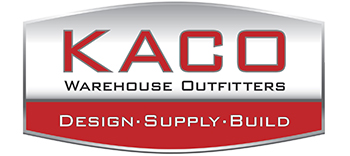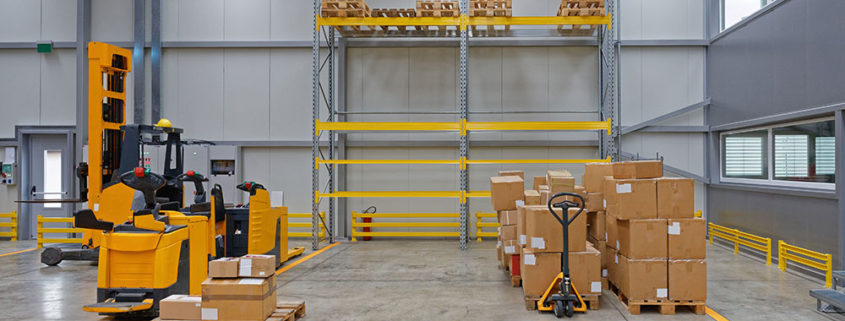7 Fulfillment Tips For Times Of Need and Demand
The novel COVID-19 virus has changed the economy as we know it. Many businesses have shut down entirely, while others have been forced to adapt quickly to changing demands. For those who work at warehouses and fulfillment centers, the sharp rise in online orders and the hastening need for essential items has caused unprecedented challenges.
Complicating things further, there is no telling exactly how long these current events will last, nor do most have the means of expanding their warehouse facilities and/or operations with such short notice. That said, there are various steps that can be taken to improve efficiency and meet growing demands.
While different business needs will vary, most can benefit by following these seven fulfillment tips in these times of great need and demand:
1. Promote Collaboration and Working as a Team
No one person is going to be able to take everything on by his or herself. Now more than ever, it is crucial that team members feel supported and nurtured. Leaders must be willing to go above and beyond, even if it means helping out with tasks they are normally “above”. Even if done virtually or from a physical distance, it’s a good idea to have regular meetings (at least weekly) to check in with team members and let their concerns and ideas be heard.
2. Make Health and Safety Guidelines a Priority
Since fulfillment centers are essential business, shutting down is not an option for most (and it would be financially devastating anyway). All workers will therefore feel more comfortable and driven to work each day if you make health and safety their top priority. Keep tabs on the ever-changing CDC and WHO guidelines, as well as local rules going into effect. Equip workers with face masks and gloves, and try to keep everyone at least six feet apart.
3. Reassess Supply Needs
Along with safety supplies for fulfillment staff, your other product needs have likely changed. You may need to reorganize supplies so that workers have quick access to everything they need. The types of packing materials needed may have also changed.
4. Look at Changing Customer Habits
The amount and type of products you are sending out have also likely changed. This is a prime opportunity for reorganizing and assessing your inventory and how it is stored, as certain products will likely need to be accessed much more frequently than they previously were. Going along with this, it’s also a good idea to re-prioritize your inbound items. Look at what is going out first (and landing first) now, and focus on getting those items processed and turned over to outbound as quickly as possible.
5. Starting Picking and Packing from Receiving Docks
In order to meet fulfillment demands faster, do what you can to trim down extra steps. Especially when you have a lot of packages requiring a variety of different items, you can save time by picking, packing and shipping right from the receiving dock.
6. Stop Doing Huge Orders, or Take Them Offline
Massive orders can bog down the entire system. You can both discourage them and make the process simpler by taking them offline and requiring customers to call directly for them.
7. Offer Full Cases and Ship Alone Orders
Many boxes consist of different SKUs with different inbound and outbound items. But especially when it comes to essential items that people need for daily life, this just won’t do. You can quicken the shipping process (helping both you and the recipients) by offering full, one-SKU type cases and even individual ship-alone orders that don’t wait for other SKUs.

